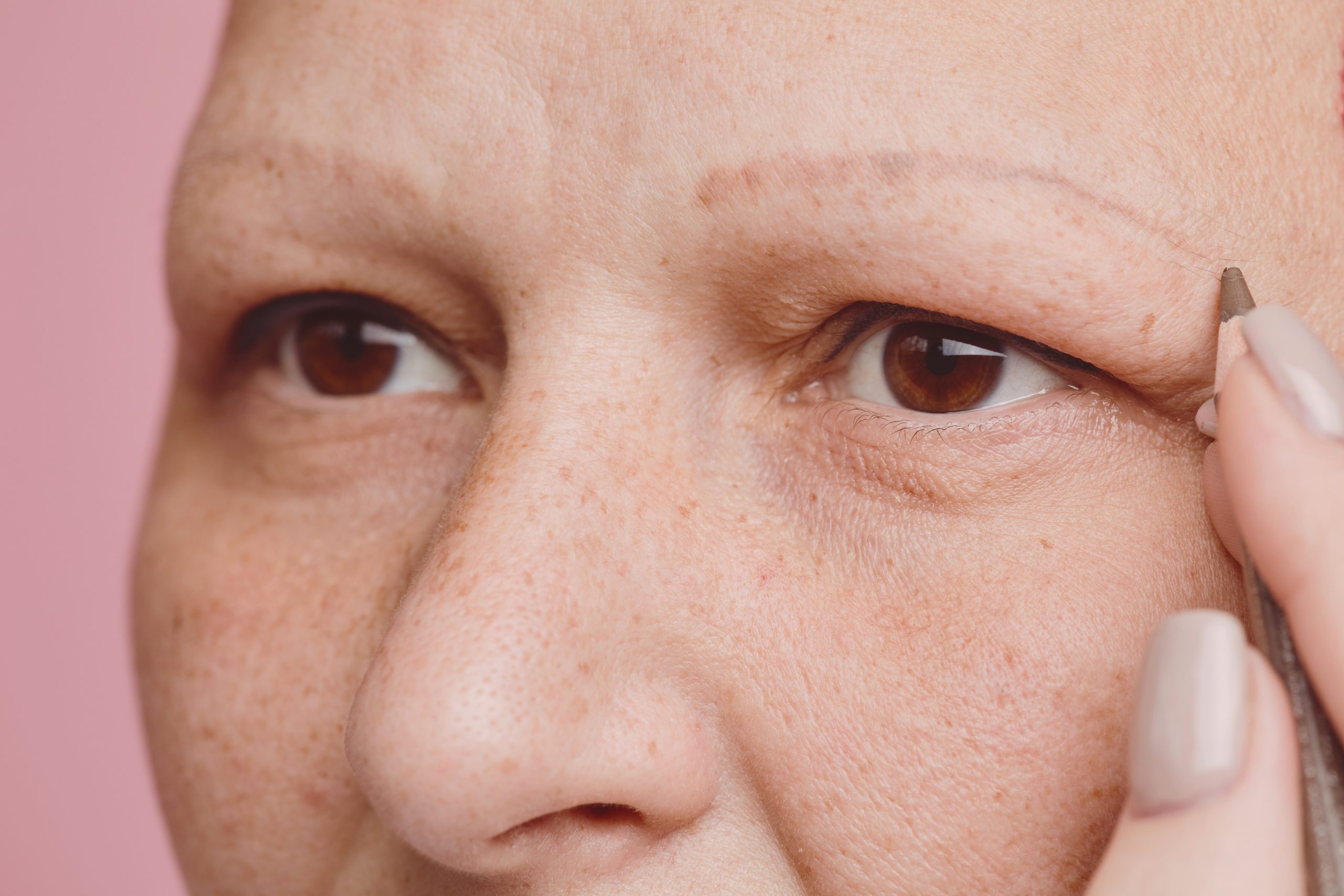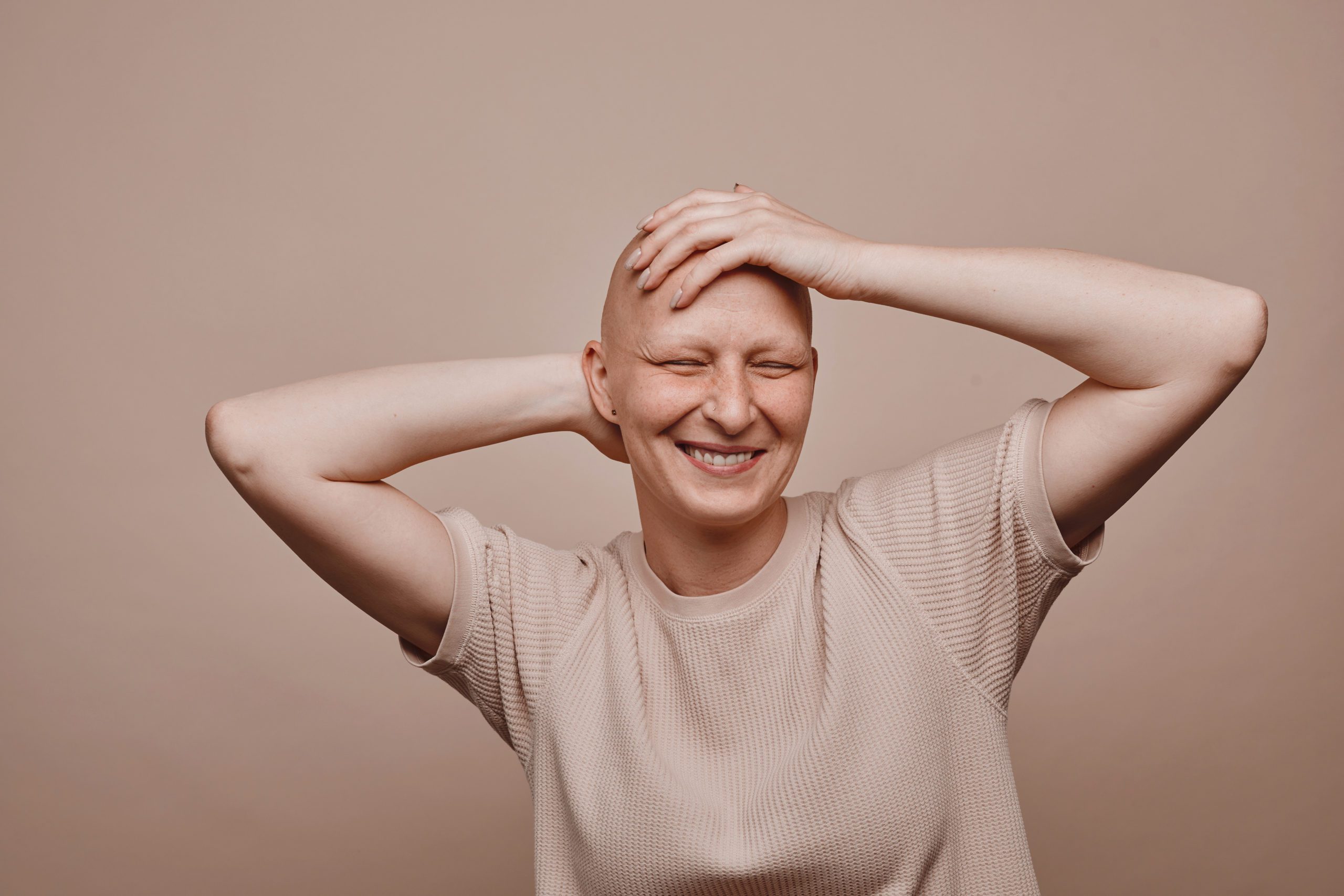What’s the first thing that comes to your mind when you hear alopecia? Do you cringe at the word? Do you picture a completely bald head? Or do you think bald patches? Maybe you’ve never even heard of the word before? Now, how about.. hair loss? You’ve heard that before. For sure.
It can be a little confusing, we know. Luckily, our team is here to guide you. As we welcome August, the recognized National Hair Loss Awareness Month –specially during an era where old ways and structures are beginning to crumble down– we at Hairatin have decided to use this spotlight to redefine hair loss and how we relate to alopecia, a common, worldwide condition that should be talked about openly.
How, you may ask? By responsibly informing our readers to help them recondition how they relate and react to it.
First on, what is alopecia?
Alopecia is, really, just the medical term used for hair loss. What type of hair loss? Any type. Yes, there’s more than one. There’s actually three main types of alopecia –more on that later– with some being more severe than others. Ultimately, they all result in an interruption to the body’s normal cycle of hair production. But there’s no reason to be afraid! It’s actually super common. In fact, over 1 in 5 Americans are losing their hair, with men representing a higher percentage of hair loss due to their higher genetic predisposition.
The hair growth cycle
A hair growth cycle consists of three phases. The anagen phase, which lasts for years, is when hair grows actively; the catagen phase, lasting about 10 days, where hair stops growing and separates from its follicle; the telogen phase, where the follicle rests for two or three months, and ends with the hair “shedding”, or falling naturally out. This cycle repeats itself over and over again during our lifetime, becoming slower with age.
But, if the cycle is interrupted, or if a hair follicle is damaged, hair may quickly start to fall out faster than it is regenerated. Here is when symptoms such as a receding hairline on one side, hair loss at temples, hair falling out in patches, or thinning hair begin showing up.
You may also like: Early Balding Signs

Different types of hair loss
Androgenetic alopecia: Also called pattern alopecia, is the most common form of hair loss and affects both men and women. It is a genetically determined disorder and the symptoms change depending on gender. Male pattern baldness is characterized by loss of hair on the top and front of the head. Female pattern baldness is characterized by loss of hair on the top and crown of the head. Hair loss in women usually starts in the central part of the scalp, without affecting the frontal line. A high hairline, or balding hairline may also be a sign that a hair loss pattern has beginning to form.
Alopecia areata: It appears when the immune system attacks the hair follicles, affecting not just your head but everywhere else where there’s hair on the body. As a result, hair falls out in clumps. The amount is different for everyone and in some cases it appears as hair loss all over body, affecting the eyebrows, eyelashes, and face. Some studies reveal that it can be generated by stressful situations but doctors don’t know why certain hair follicles are programmed to have a shorter growth period than others.
Traction alopecia: This type of hair loss is the result of constantly pulling your hair. The pulling can come from straining your scalp with the same hairstyle everyday –ponytails, especially– or by the use of weaves or dreadlocks. This is the least harsh form of alopecia which you can avoid by taking care of your hair and protecting it from damage.
So, what causes alopecia areata?
Although every hair loss case is as different as the million individuals who suffer from it, there are several factors that may strongly influence its first appearance. Here are some of the most common:
- Systemic illness
- Genetic tendency
- Drugs
- Acute illness
- Hormonal imbalance
- Stress
- Local skin disorder
- Nutritional deficiency
Actually, if you believe you are experiencing some sort of hair loss, we strongly recommend you to visit a specialist in order to get a proper and early detection. It can be as simple as discovering, if you’re taking any, what medicine causes hair loss in your body. Like any other bodily disorder, the sooner you get to the “root” of it, the sooner you may see results!
Is there a cure?
Currently, there’s no permanent cure for alopecia. But, there are treatments to decrease the body’s autoimmune reaction in the scalp and encourage hair regrowth. These include invasive but effective treatments like corticosteroid injections that suppress the autoimmune reaction, surgical solutions like hair transplants or PRP, pharmaceutical options like medication and vitamins, and noninvasive solutions like hair thickeners or cosmetics.

Bottom line
Now that you know the basics to the way-too-tabooed condition known as alopecia, we encourage you dig deeper. It’s time to redefine hair loss. Sooner rather than later you will realize that hair loss is something with which the vast majority of us will have to deal at any point in our lives. Being well informed is the first step to healthily prepare yourself for its possible appearance, mild or severe. While hair loss by itself is not inevitable, it is optional. By changing the way we relate to it, we get to let go of the embarrasment that’s been built around it.
Our goal here is to let you allow yourself to keep exploring. To give yourself permission to enjoy the healing benefits of welcoming hair loss solutions into your life, and, therefore, into your well-being. Oh yeah, there’s SO much more to life than hair. But when it looks good, you feel even better. That little form of self-love goes a long, long way.

